AC Condenser Disconnect & Proper AC Disconnect Grounding How To
Due to the vibration caused by an operating compressor and a fan, or sometimes just a poor installation, conduit connectors might become loose, separate from the condenser and / or AC condenser disconnect.
Your house’s central cooling system ac condenser disconnect switch is a requirement and an important safety feature.
AC condenser disconnects must be located in sight and not directly behind the condenser so it’s easily accessible. Depending on the manufacturer, enclosures have a disconnect handle located on the exterior or behind the small cover.
Accessing of some older air conditioning condenser disconnect switches with a hidden handle might be difficult, they are often corroded, have padlocks installed with missing keys which might prevent emergency disconnect when needed. Therefore, house AC disconnect enclosure should be periodically tested for proper operation, and maintained accessible at all times.
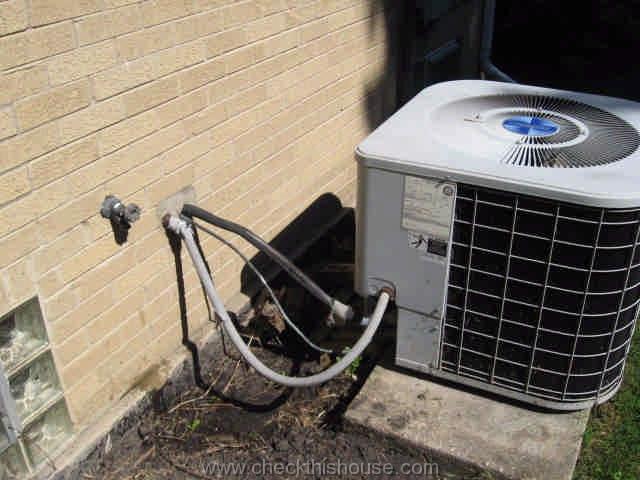
Whenever a flexible type of electrical conduit (metallic liquidtight conduit) has been used between the AC condenser disconnect, condensing unit, and sometimes electrical panel, grounding wire is required inside that conduit and must be secured to the enclosures on both sides of this conduit.
There is usually one screw (sometimes two screws, just like on the first picture below) with a terminal to secure that wire.
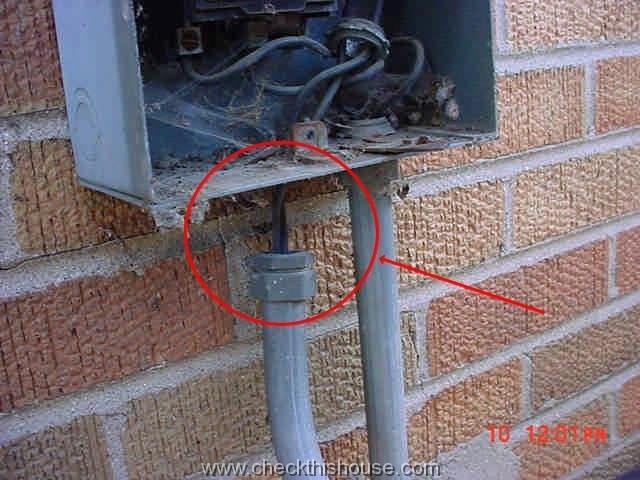
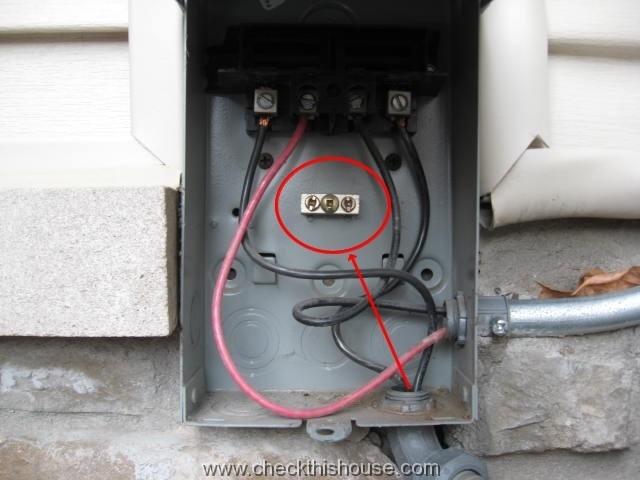
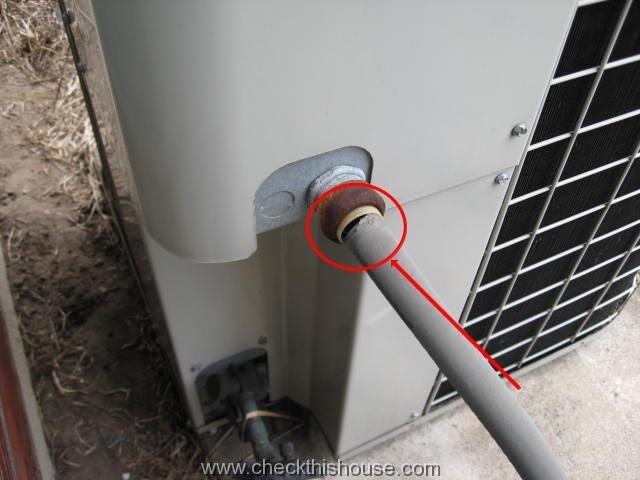 Due to the vibration caused by an operating compressor and a fan, or sometimes just a poor installation, conduit connectors might become loose, separate from the condenser and / or AC condenser disconnect. Therefore, the ground wire is necessary to provide a return path for fault currents and therefore allows the fuse or breaker to disconnect the circuit – in other words; it protects people and equipment from the electricity that has gone out of its intended path.
Due to the vibration caused by an operating compressor and a fan, or sometimes just a poor installation, conduit connectors might become loose, separate from the condenser and / or AC condenser disconnect. Therefore, the ground wire is necessary to provide a return path for fault currents and therefore allows the fuse or breaker to disconnect the circuit – in other words; it protects people and equipment from the electricity that has gone out of its intended path.
Other common issues with a house AC condenser disconnect enclosures:
- AC condenser disconnect is loose / not secured to the supporting structure
- Holes (missing knockouts) in the AC disconnect enclosure exposing high voltage terminals (critical with small children on premises)
- Thermostat / control / low voltage wires installed inside the conduit carrying high voltage wires between the air conditioning condenser disconnect – AC condenser, and sometimes through the electrical panel.
Even if your cooling system appears to be performing properly, go ahead and check AC condenser disconnect for proper installation.



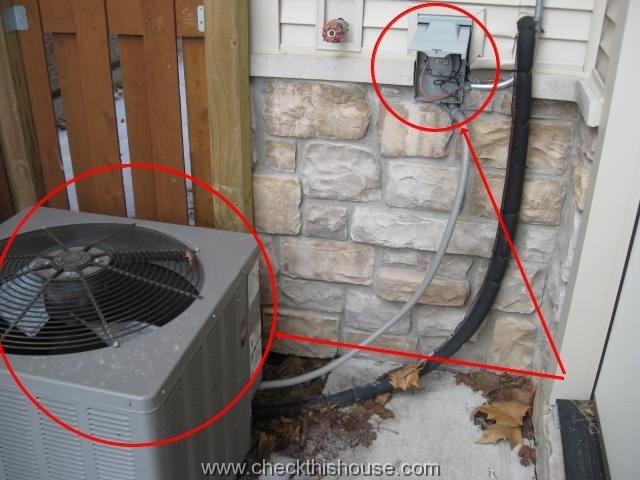
Comments are closed.